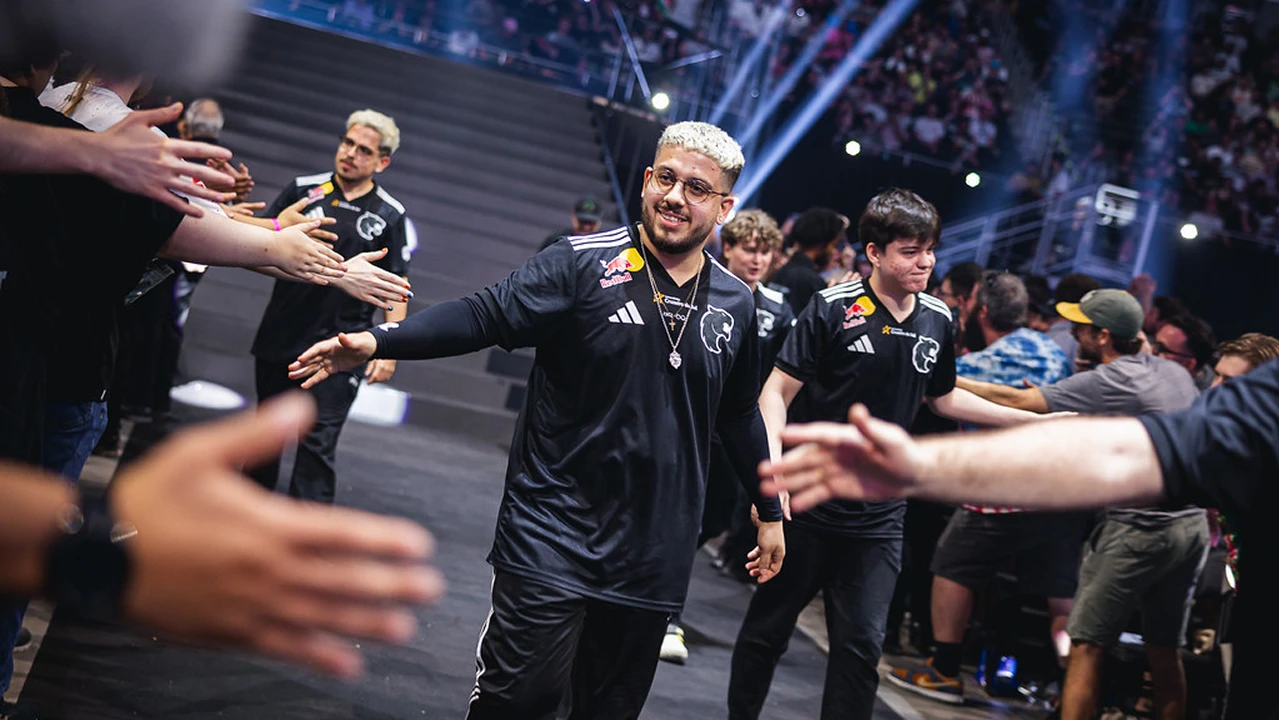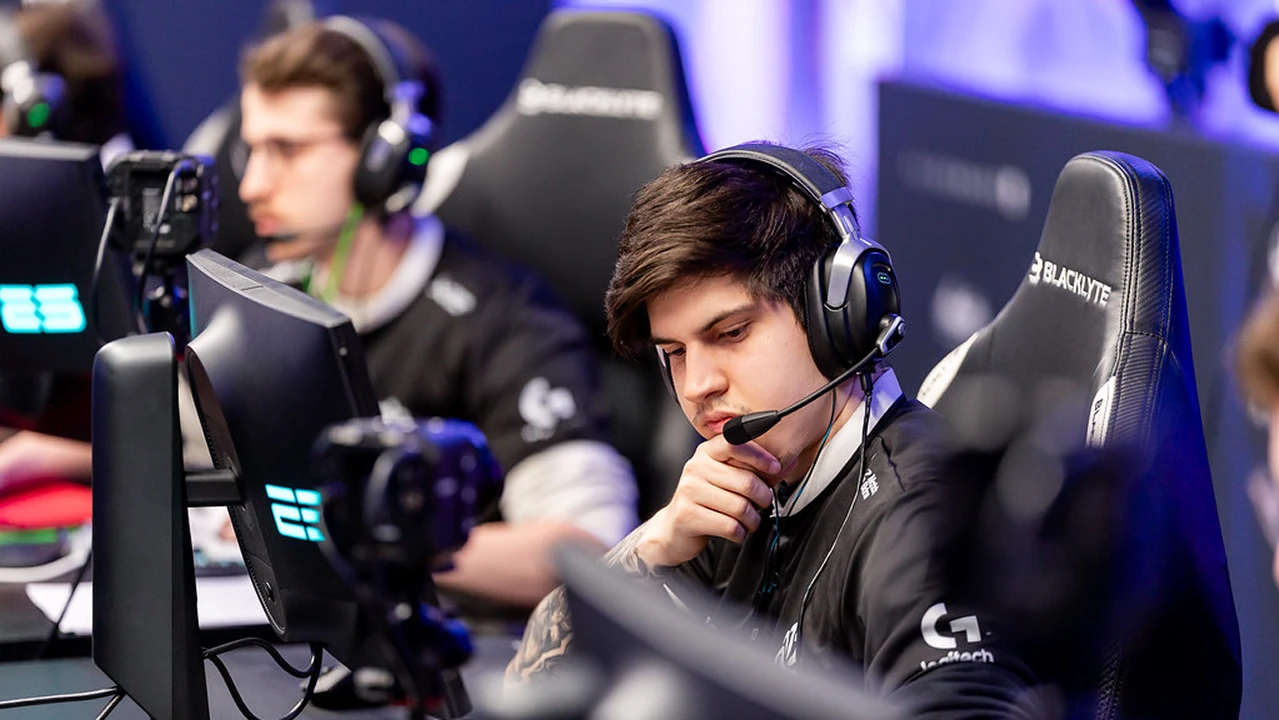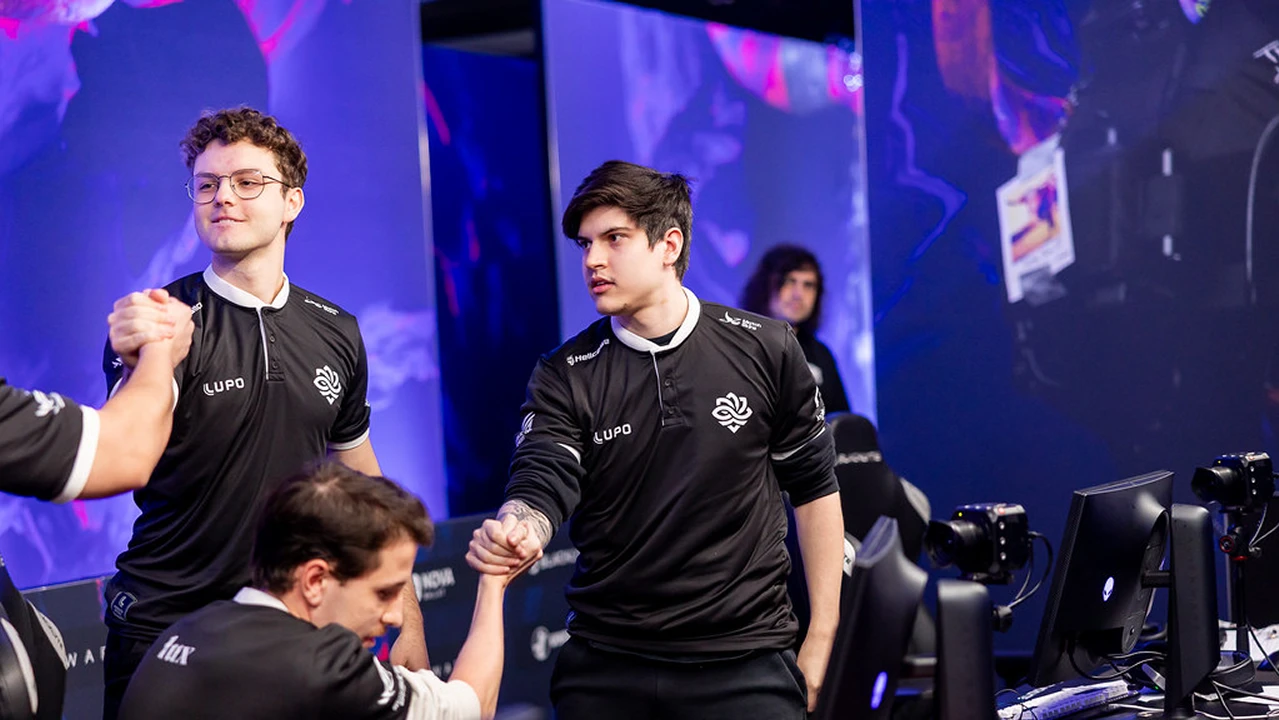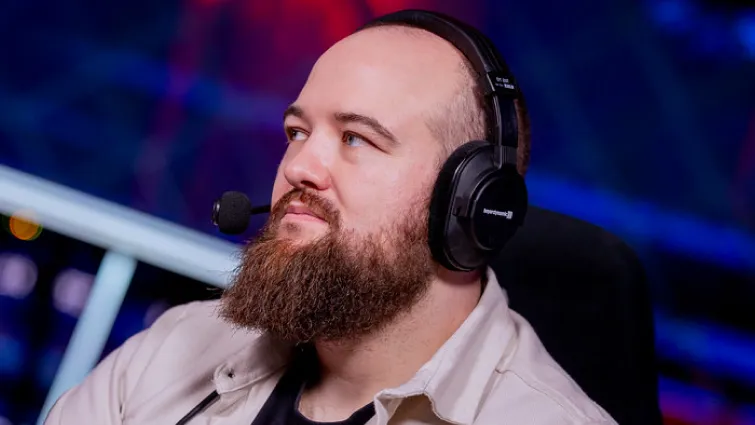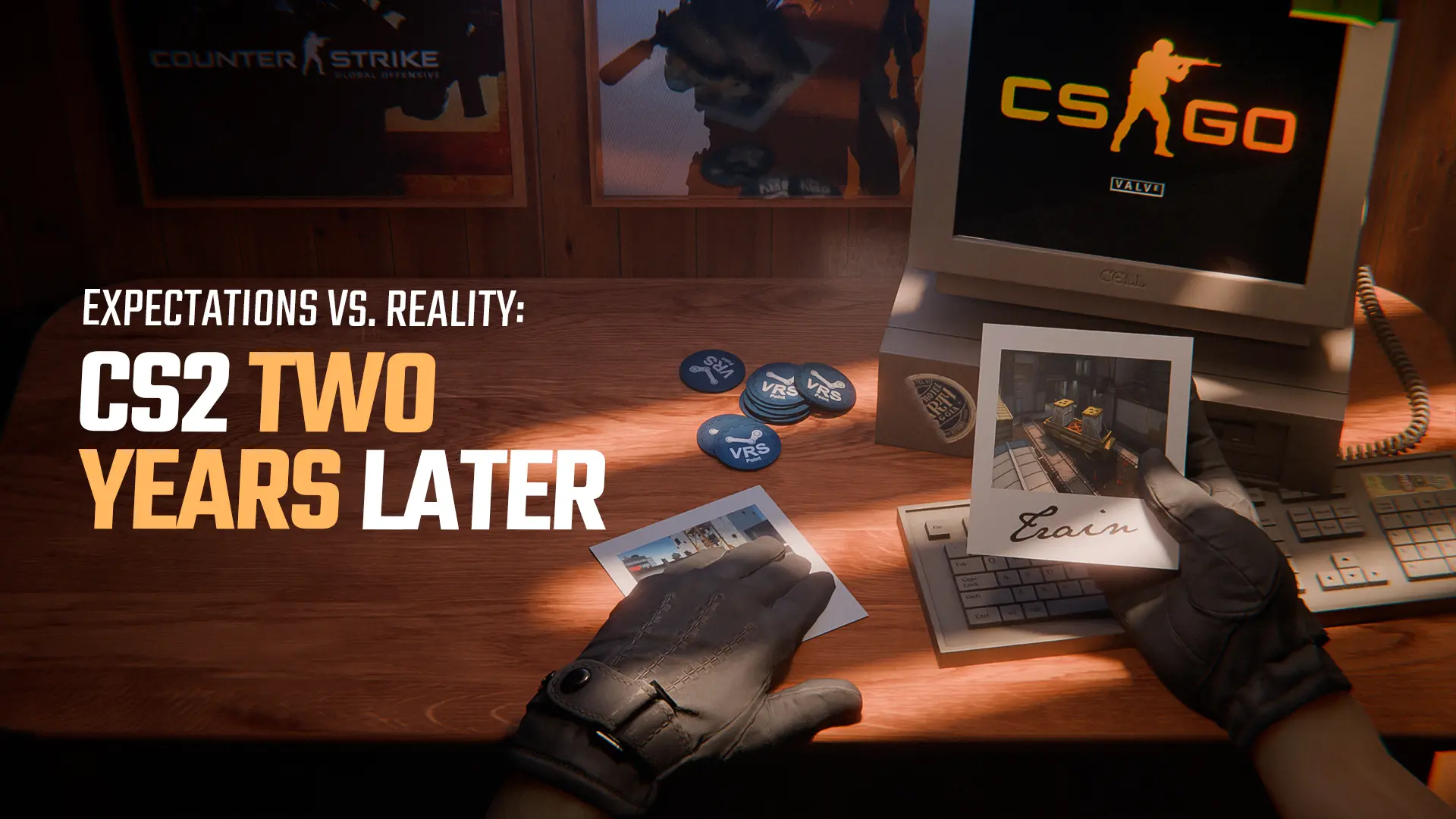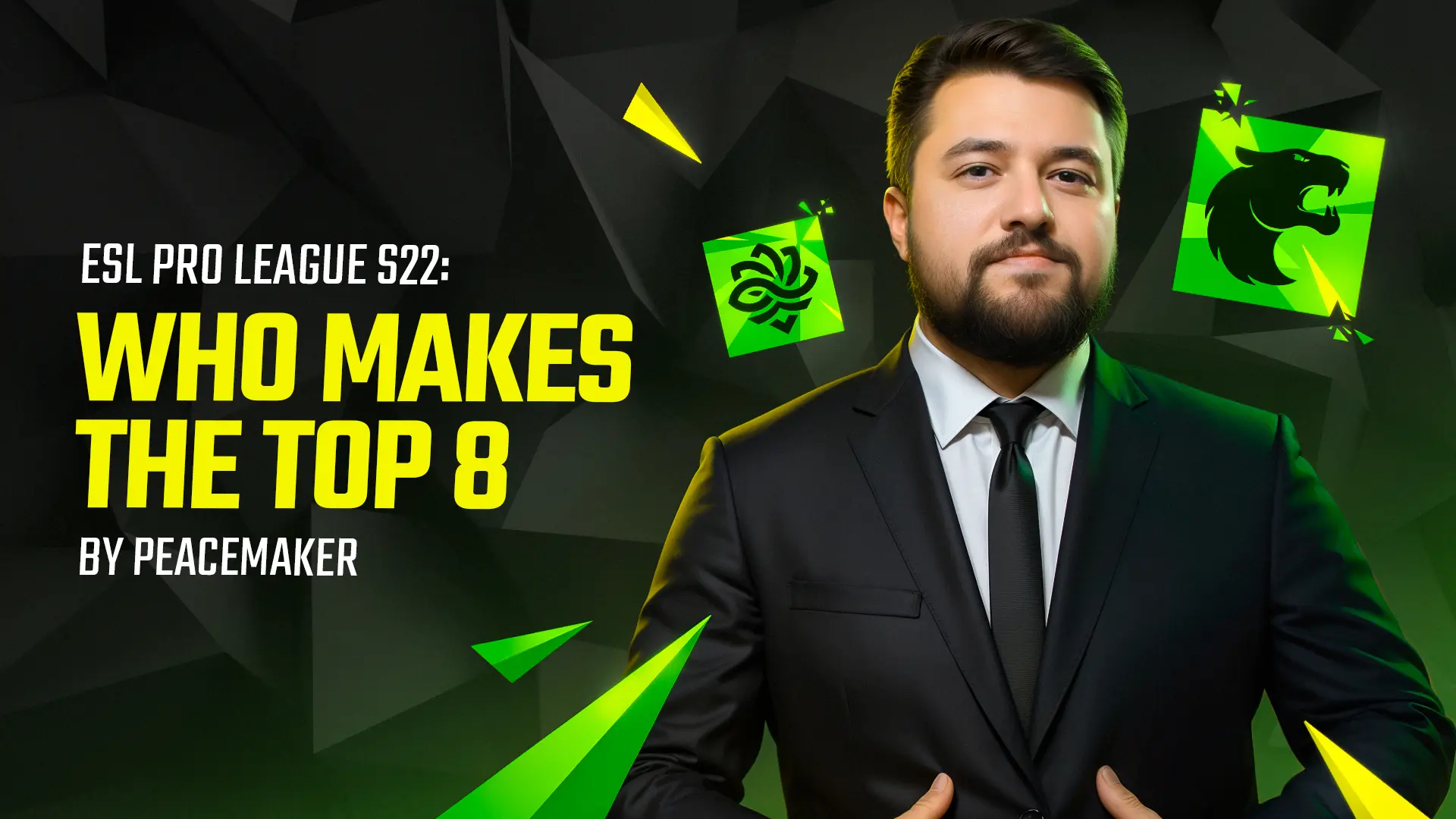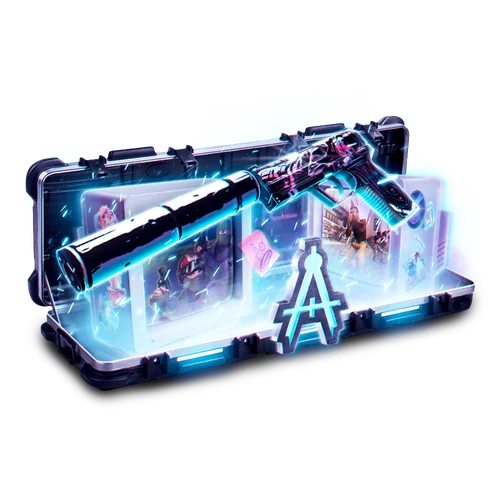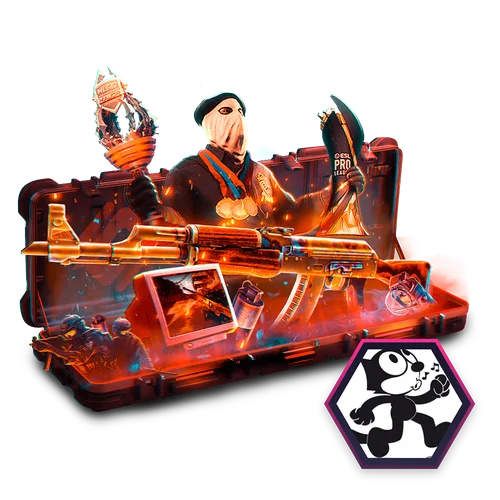I thought it would be interesting to discuss Counter-Strike as a business in 2025 to get a sense of how it’s developed, where it is now and perhaps make some predictions about the future. Like in a previous article, we are going to be contrasting how Counter-Strike is run with how FIFA and the underlying associations are doing things in the football world.
I think it would be reasonable to say that a lot of the early CS tournaments were run in large part by slightly crazed people obsessed with the game of Counter-Strike for whatever reason. A lot of us have had this experience at some point in our lives. The game just somehow grabs you and never lets go. I myself dragged my enormous CRT monitor and PC case on a train to go to the other side of Denmark somewhere back in CS 1.6 to participate in something called “Connect LAN”. We finished 3rd I believe and won a bottle of Coca Cola each. Nobody was making any money here. The cost of attending probably barely covered the rent of the venue and it goes without saying, there was nobody broadcasting the event at all.
read more
The Early Years: Enthusiasm and Chaos
If we pick a point later on in the history of the game, let’s say some of the early Dreamhack events in 2013 and 2014, you begin to see some of the early signs of the world changing. It is difficult to compare the early Dreamhack business model because the gaming festival as a whole kind of swallows a lot of different tournaments inside of it. The event was also heavily staffed with volunteers who loved the Dreamhack culture and it was a great place to meet with companies adjacent to the industry and make business connections. A lot of those connections however, even when they were sponsoring the CS tournament, didn’t really pay particularly well. Or to put it another way, they didn’t cover the costs of running the tournament. I’m not saying this to put the Dreamhack events down in some way, really the point I’m making here is just that the evolution of Counter-Strike tournaments exist on a kind of spectrum from hobby level to some intermediate level to the modern day.
So that begs the question, where are we today? Well at large we’re in a world where valve operate a few majors a year, and the rest of the year is a mad battleground between a handful of tournament organizers trying to control the calendar and not lose too much money along the way. This construction is simultaneously one of the big reasons why Counter-Strike has done as well as it has, but also one of the great obstacles to making the game a real business for anyone that isn’t valve. This is a crude breakdown, but here are roughly the football model vs. the valve model:
read more
- FIFA: Doesn’t actually own football. Has a functional monopoly through member organizations.
- Valve: Does own Counter-Strike. Outsources the tournament aspect to third parties.
At a glance these two situations look similar, but they are not. This next part I have to summon on my rhetorical skill to make sure I get right. Fundamentally I would argue that the valve model of running things is genius in its own way. What valve has managed is to capture a huge amount of the potential revenue through skins, simultaneously offloading nearly all the risk of tournament organization onto third parties. Saying it out loud sounds like a moral judgement of sorts, but I don’t really think of it that way. The business of Counter-Strike works incredibly well for valve, and nobody appears to be in a position to make valve an offer that would change that. The downside is that fierce competition that is happening between TOs, while it’s driving a lot of innovation, is undermining a lot of the financial opportunities. Can you implement a pay-per-view model without a monopoly? Absolutely not. Can you drive the cost of a Counter-Strike wide sponsorship high enough without controlling the ecosystem, probably not.
To be the sponsor of a FIFA World Cup, or rather a string of them, you’re in a negotiation with FIFA against all other potential sponsors for that slot. Again the process is presumably very complicated, but just in simple terms. If you become the main drink sponsor, nobody else can be seen as part of the sponsorship landscape for World Cups. Logically this dynamic, knowing that you can buy out your competition, is massively valuable for brands. In Counter-Strike however, there is absolutely no way for let’s say ASUS to stop Acer and Alienware and Lenovo from sponsoring the tournament that is happening next week.
Why Valve Stays on the Sidelines
Beyond all that, the logistics, the politics and liability of running big tournaments is on an enormous scale. You have to negotiate with teams, manage players, ship equipment around the world, plan tournament formats and secure funding for prize pools and staff. If you’re valve, why would you be interested in taking on this job if someone else is willing to do it for you? This is a question worth asking pretending that you’re the one who has to make the final decision. If it was your choice to stick to developing your game, benefiting from the skins and avoiding all this other madness, wouldn’t you keep your feet dry?
If you’ve made it this far into the article, you’re probably wondering why I’m here arguing for a kind of valve led monopoly system that is so despised in other games. I don’t know for sure that I am. The benefits of valve allowing open competition has put Counter-Strike in a position to be one of the greatest esports titles of all time. But part of that legacy is down to other parties being willing to take on a level of risk that valve remain walled off from, and it’s beginning to feel like perhaps we’ve reached a limit for what this system can produce. Every TO is under more pressure than they care to admit. Teams are buckling and filing for bankruptcy and it’s hard not to get a sense that the golden age of Counter-Strike is somewhat behind us now. I personally don’t actually think that is the case, but the growth in the system has halted and it isn’t obvious to me that the solution can be found by the tournament organizers or the teams themselves.
read more
Possible Futures for Counter-Strike Esports
If we started dreaming of what a new system could look like, I am not sure I would want to try and copy the Riot or Blizzard models, although both are clearly inspired by some version of what regular sports leagues do. If I’m Valve, I would want to begin to consider what kind of partners I would need to bring about a better future for the sports side of Counter-Strike. I would need teams that comply with some list of criteria that is perhaps still unknown. They would need to be teams that display some rational sense of business. Not ones simply engaged in farming for investor money while over playing players with no realistic hope of making a return on those salaries. I would need tournament organizers who can build the business side in terms of sponsorships, media rights and ticket sales. But beyond that, I somehow need all these entities to compromise and work together for the greater good.
read more
This kind of situation doesn’t really feel like it’s immediately around the corner from where we are right now, but I still think it’s worth thinking out loud about what it might take to us there. Because I think without a plan going forward, there is an increasing chance that the business of Counter-Strike increasingly will fall into more and more questionable hands. Counter-Strike has a real fanbase. People truly care about the history and the future of the game. That kind of loyalty has real value, but the big question that remains is, will this value be extracted by people who care about the game or by people who care about value? This central question is why I think valve has no choice but to care about all of this. I understand their current position of remaining on the other side of the wall of responsibility and liability. It’s a strategy that has worked, but I also worry it’s a strategy that is now slowly going off the rails.































